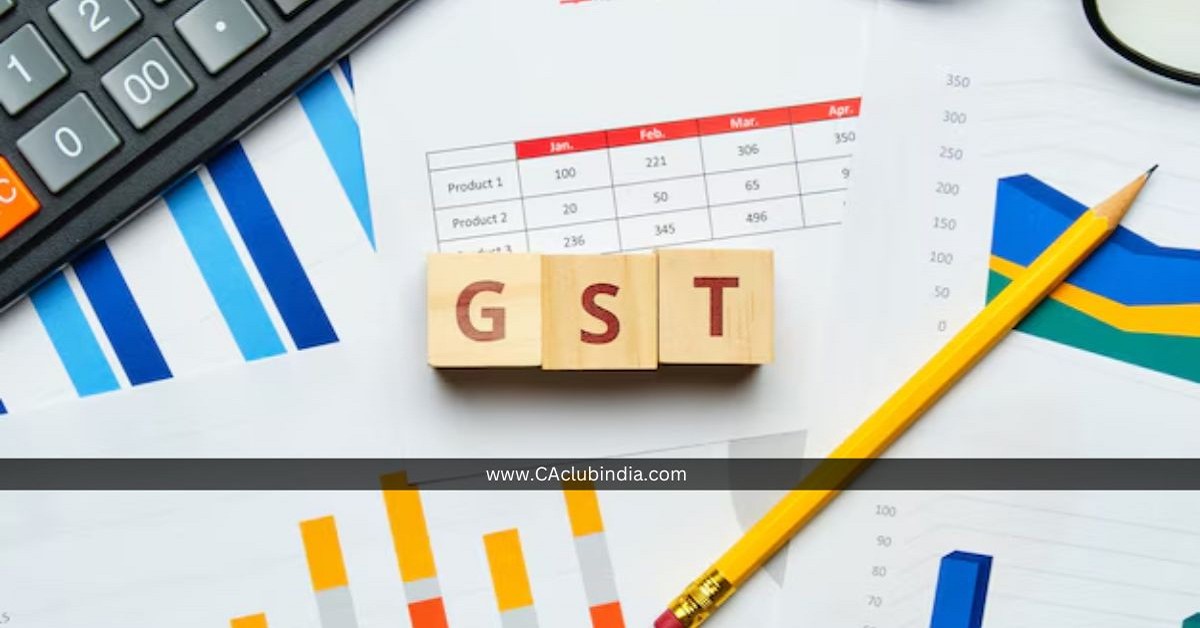The Ministry of Finance, in its Monthly Economic Review for September 2025, said that the recent GST rate cuts are poised to boost domestic demand by easing the tax burden on consumers and businesses. The move, the ministry noted, will likely spur consumption, investment and job creation across key sectors of the economy.
The report highlighted that India's economic growth remains firmly supported by robust performance in both industry and services, coupled with a stable labour market. However, it also cautioned that ongoing global uncertainties could impact exports and external demand, posing potential risks to growth.

GST 2.0 Reforms Expected to Strengthen Growth Momentum
The latest GST overhaul-dubbed GST 2.0 came into effect on September 22, 2025. The reform reduced the number of tax slabs from four to two: a 5% rate on essential goods and an 18% standard rate for most items. Luxury and "sin" goods such as cigarettes will continue to attract a 40% tax rate.
According to the review, these changes are designed to simplify compliance, reduce litigation, and make the tax structure more consumer-friendly. The ministry expects the rationalised GST to encourage formalisation of the economy and enhance business confidence.
Strong GDP Growth and Investment Outlook
India's GDP grew 7.8% in Q1 FY26, outperforming expectations due to resilient domestic demand and strong private investment. The ministry said that both household consumption and capital formation continue to underpin growth, a trend expected to persist through the remainder of FY26.
"The growth outlook for FY26 remains strong, supported by domestic demand, favourable monsoon conditions, lower inflation, monetary easing and the positive effects of GST reforms," the report said.
Inflation Expected to Stay Subdued
On the inflation front, the finance ministry expressed optimism that price pressures will remain under control in the coming months. The RBI, which has maintained the repo rate at 5.5%, revised its inflation forecast for FY26 down to 2.6%, from 3.7% projected earlier.
Inflation is expected to average 1.8% in Q3 FY26, before a mild uptick in Q4. The ministry attributed this moderation to GST rationalisation, stable global commodity prices, and improved supply chains.
Rural Demand and Agriculture Remain Resilient
Agriculture continues to support rural demand, with kharif sowing completed successfully and cereal and pulse production recording strong gains due to favourable weather. Although oilseeds and cash crops witnessed minor weather-related losses, the overall outlook for food production remains positive, bolstering rural incomes and market stability.
Financial Sector Strength and Credit Growth
The review also noted that funding to the commercial sector remains robust despite some moderation in bank credit growth. Non-bank financial sources are increasingly contributing to capital formation, while the RBI's latest regulatory reforms aim to enhance credit efficiency and deepen integration with global capital markets.
"The full implementation of the RBI's developmental and regulatory measures will strengthen the resilience of India's banking sector and ensure efficient credit allocation," the report stated.
Domestic Demand to Drive FY26 Growth
Despite external headwinds from global trade frictions and geopolitical tensions, the ministry reiterated its confidence in India's domestic fundamentals. With fiscal and monetary conditions remaining favourable, domestic demand is expected to remain the key driver of growth through FY26.







 CAclubindia
CAclubindia

